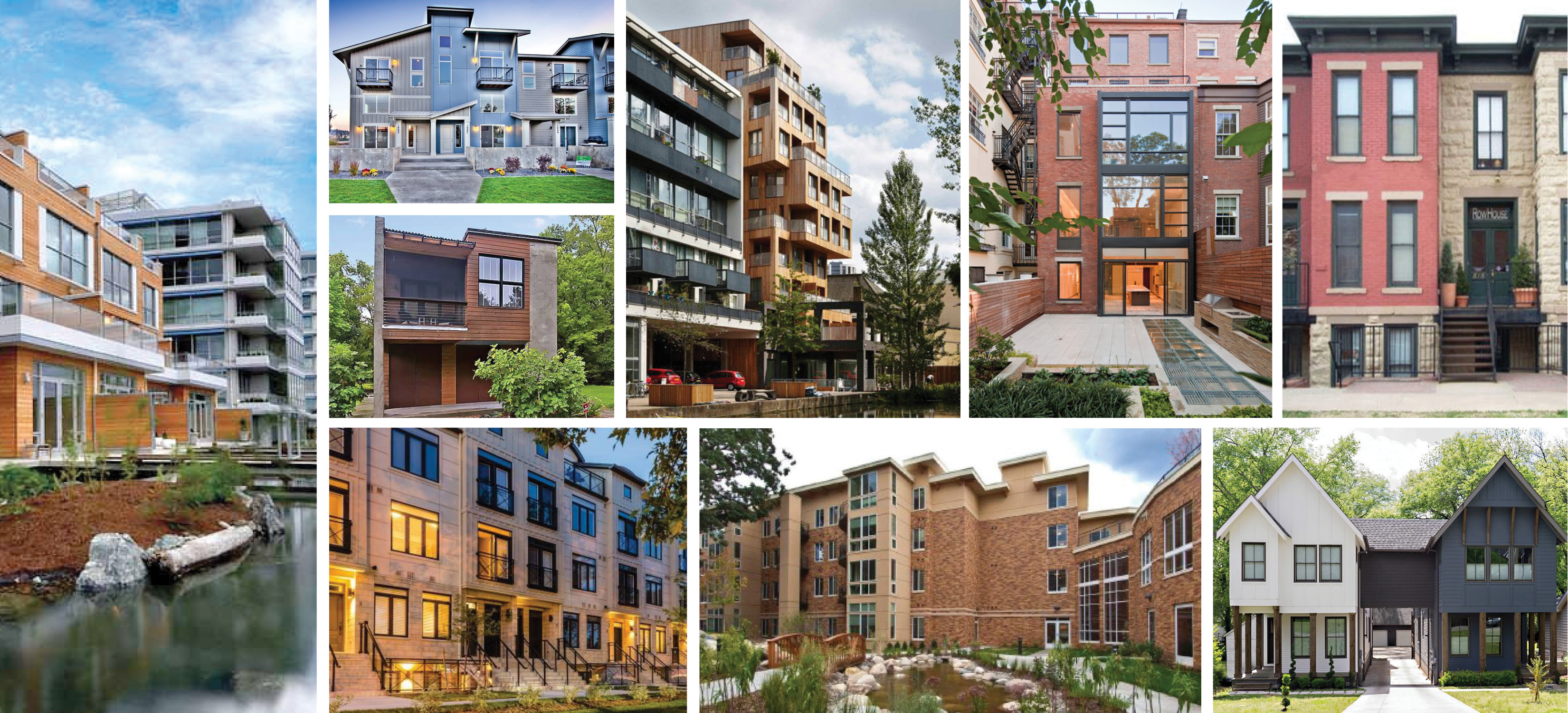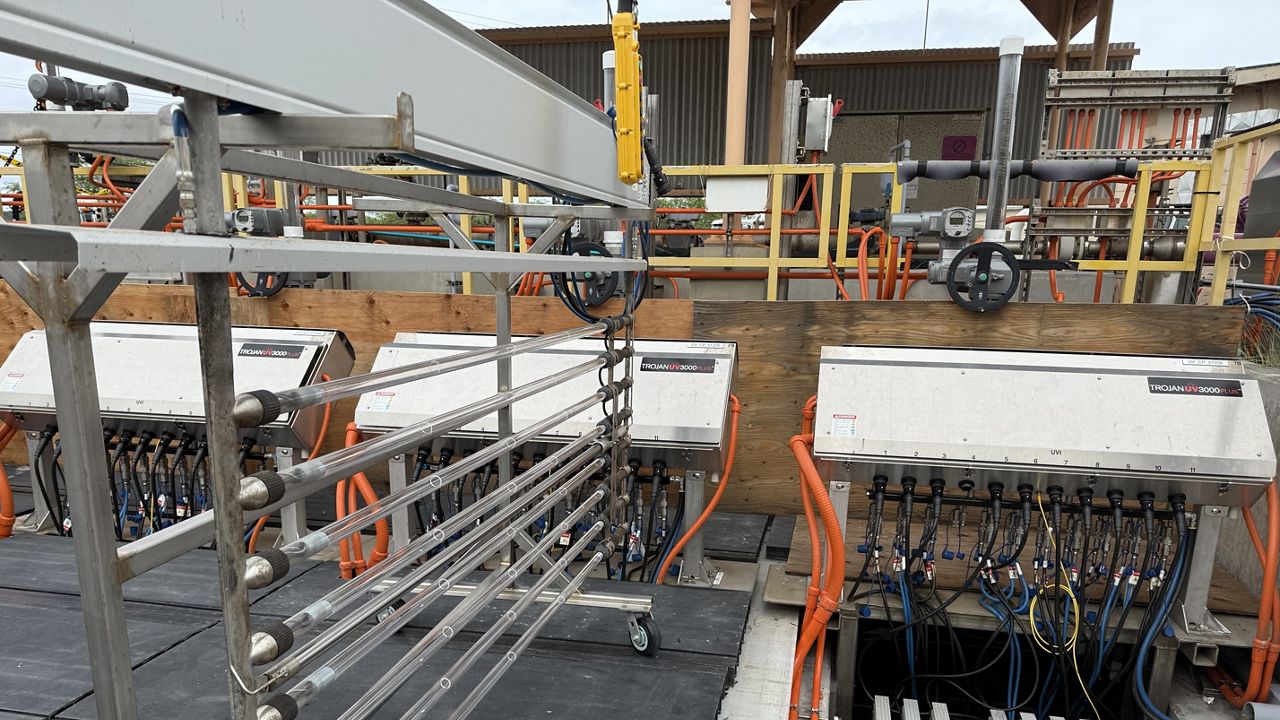15-Minute-Cities
This article explores the concept of the 15-minute city, which aims to create urban environments where residents can access most of their daily necessities, including amenities like schools, healthcare facilities, and parks, within a 15-minute walk or cycle. The idea of the 15-minute city has gained popularity in recent years, partly due to the COVID-19 pandemic, which highlighted the importance of local living and equitable resource allocation in cities. The article discusses the components and various dimensions of assessing compliance with the 15-minute city concept and the methods used in different research studies. It also identifies gaps in the existing approaches and suggests recommendations for a more comprehensive assessment of compliance with the 15-minute city principles. The concept is considered a response to issues like excessive car use and aims to create more human and livable urban environments. The article provides an overview of the evolution of this planning approach and its increasing popularity in different regions, particularly in Europe and beyond.

Introduction
Cities can be viewed as clusters of smaller, discrete urban units, neighborhoods. Neighborhoods are critical and integral components of urban settlements (Pozoukidou & Chatziyiannaki, 2021) and thus, have been the center of attention of city planners for a long time (Kallus & Law-Yone, 2000). The neighborhood movement, which emerged within the neighborhood planning idea, has roots that go back to the early 1900s (Silver, 1985), when such entities were recognized to be important spatial and social units for initiating planning efforts (Rohe, 2009) and seen as the starting point for reconstructing both the poor urban neighborhoods and the cities in their entirety (Keating & Krumholz, 2000).
Such a bottom-up, place-based planning approach, that emerged in response to the inefficiency of the top-down approaches, was intended to revitalize neighborhoods and enhance the vitality and viability of cities, using the former as structural units for city planning and development. As Silver (1985) argues in his paper, the neighborhood movement sought to “resurrect a pattern of urban social, political, and spatial relationships centered on self-contained and self-sustaining residential clusters”. In this context, improving the social, economic, and environmental well-being as well as promoting a local, collective agreement on land use policy, were the key pillars of the neighborhood planning paradigm (Bogusz, 2018).
The neighborhood planning idea has evolved over the years and its social dimension became of prime importance (Kafkalas et al., 2015), to address the problem of alienation and disengagement between the citizens (Silver, 1985; Bogusz, 2018). Along with the idea itself, its basic principles, which are related to the functional and structural organization of neighborhoods and were firstly introduced by Perry (1929), have been gradually matured. In particular as regards the citizens’ accessibility to core urban amenities, on which the emphasis of the current study is placed, there was a paradigm shift in planning efforts from bringing citizens to the activities to bringing the destinations closer to the citizens (Pozoukidou & Chatziyiannaki, 2021; Manifesty & Park, 2022). This shift outlines the concept of 15-min cities, which can be seen as a direct descendant of the neighborhood planning idea.
The 15-min concept, that emerged as an understandable reaction to the excessive car use (Manifesty & Park, 2022; C40, 2020), places citizens’ local access to core amenities at the very center of urban planning. The basic idea is that most daily necessities at the local, neighborhood level, could be accomplished by active modes of transport, i.e., walking or cycling, within 15 min. These necessities are served by a wide range of amenities, including schools, healthcare facilities, playgrounds and parks, economic services, cultural amenities, recreation, social welfare facilities, and many others (Vilhelmson & Elldér, 2021; Gil Solá & Vilhelmson, 2019). The implementation of the 15 min city concept is largely based on four (4) dimensions, namely density, proximity, diversity, and digitalization (Moreno et al., 2021; Manifesty & Park, 2022), while accessibility, walkability, and land use mix, are other design attributes underlying the concept (Pozoukidou & Chatziyiannaki, 2021). Of course, following its notion, such concept relates to the optimal allocation of amenities that are important for citizens’ quality of life, requiring the decentralization of such services and facilities at the local, neighborhood level (Pisano, 2020).
Triggered by the re-emergence of the 15 min city concept, an increasing number of research papers have been published recently, that are largely focused on assessing the performance of various case cities and urban areas in relation to the 15 min city model requirements. Despite their shared objective, the 15 min city concept has been contextualized and applied differently in different research studies, with the major variations referring to the trip origins (partition of the study area) and destinations (urban amenities) selected; the concept dimensions accounted for and the measures/metrics used; the transport modes and the travel speeds considered; the time thresholds used; the data collection methods; and, of course, the methodological approaches and tools employed. These marked differences in the way in which the performance of cities has been assessed in relation to the goals of the 15-min city concept have led to the need for a literature review paper, rather than a secondary data analysis, to capture the heterogeneity of the approaches used so far, to identify the gaps, and to make recommendations for a more holistic assessment of compliance.
The current manuscript conducts a systematic review of existing 15-min city applications found in the pertinent literature, with the aim of illustrating the state-of-the-art. Focusing on studies that dealt with the assessment of urban areas from a 15-min city perspective and decomposing the study designs of the selected papers, the basic components of the assessment process are identified and discussed, and the predominant practice is captured. Finally, the published scientific studies are critically examined with reference to their study design, and future directions are proposed for outlining a more integrated framework to quantify and evaluate the compliance of urban areas with the 15-min city principles. More precisely, the main research questions that this study aims to address, are as follows:
• What are the major components of the compliance with the 15-min city assessment process?
• What is the predominant practice for measuring the performance of cities and urban areas in relation to the objectives of the 15-min city concept?
• What are the gaps in the approaches used so far to assess the progress of cities and urban areas towards the goals of the 15-min city concept?
• What are the further requirements for a more holistic assessment of compliance?
The remainder of this paper is structured as follows: Section 2 provides evidence of the rising popularity of the 15-min city concept. Section 3 presents the research methodology, focusing on the selection protocol that was followed to gather the pertinent literature. In Section 4, a systematic literature review is conducted, the key components of the compliance with the 15-min city assessment process are identified and the predominant practice is captured. Section 5 critically discusses the main findings, while based on the identified gaps, Section 6 provides recommendations for a more holistic compliance assessment. Finally, the conclusions of this paper are summarised in Section 7.
What is Your Reaction?
 Like
0
Like
0
 Dislike
0
Dislike
0
 Love
0
Love
0
 Funny
0
Funny
0
 Angry
0
Angry
0
 Sad
0
Sad
0
 Wow
0
Wow
0










































































